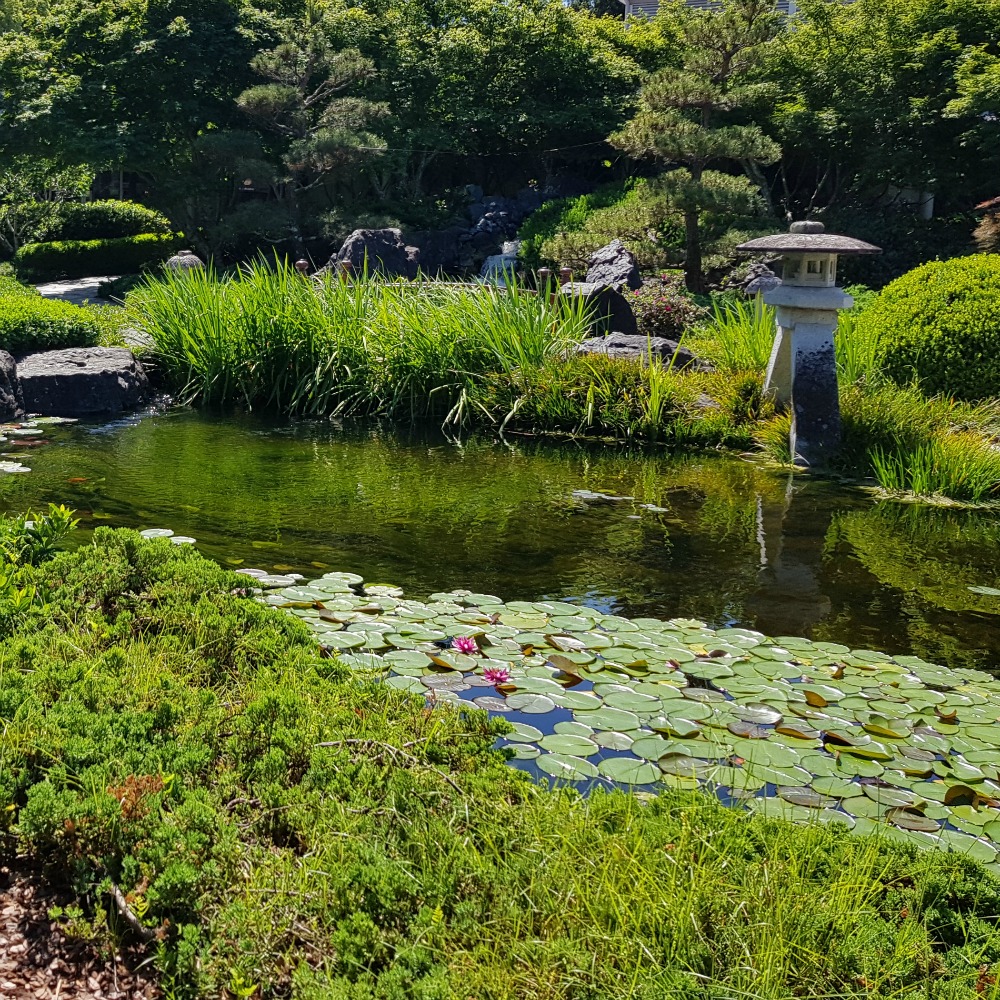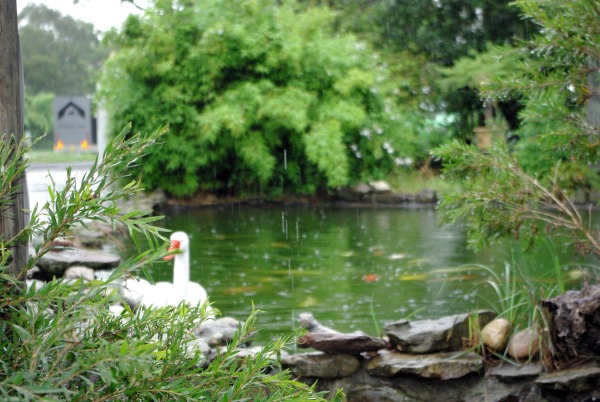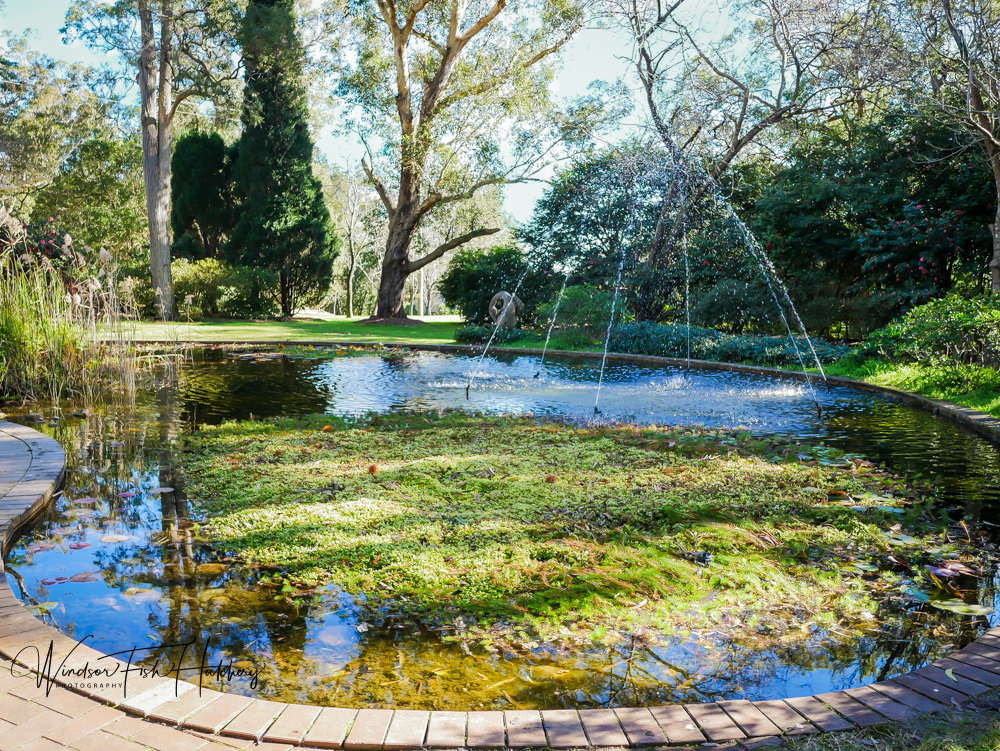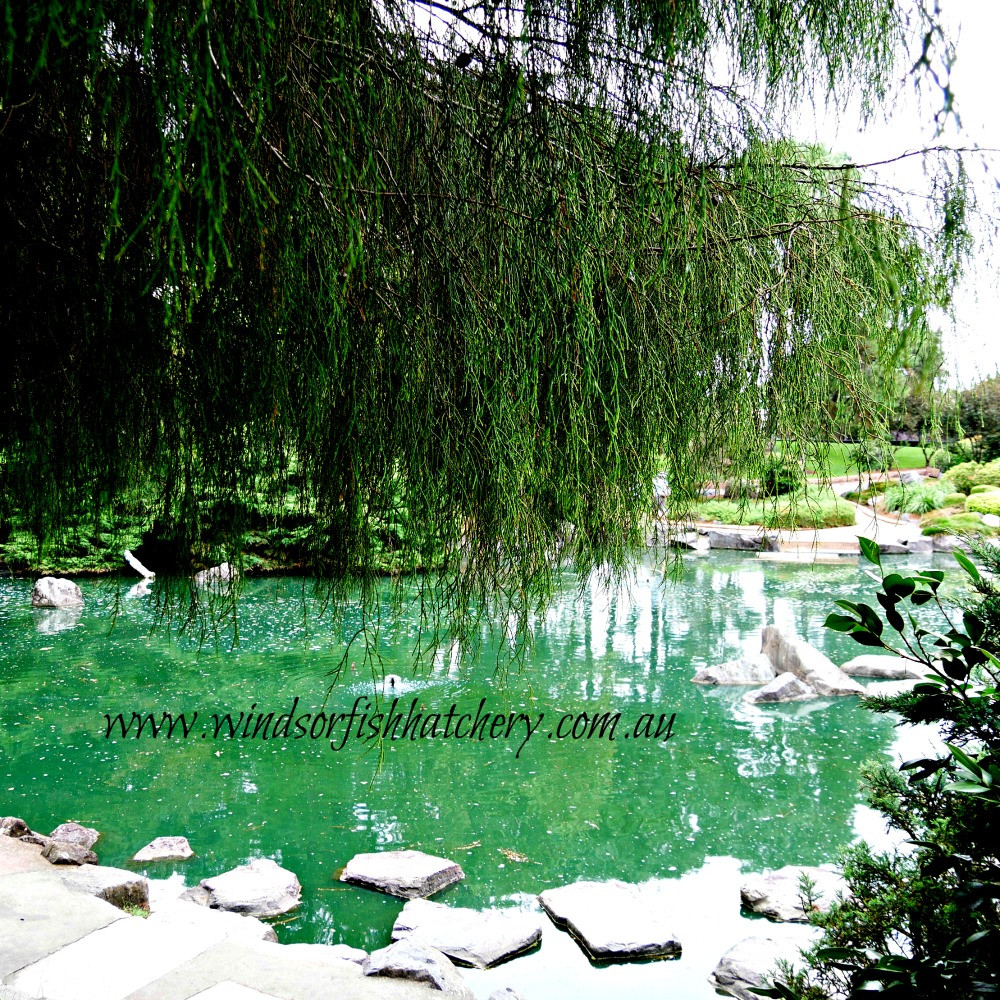There are many kinds of diseases in koi. Its very important to detect disease as soon as possible, and apply the proper treatment.

How to Identify issues in the early stages
Its really very simple, as soon as you notice something unusual in the way your koi is acting, you could have a problem. it could be the way its swimming, eating or not eating, breathing, swollen body, sores or lifted scales, parasites you can see, or red marks, fin or tail marks. A diseased koi will leave the group, note any changes in the body surface of the koi, eyes bulging, skin infections weeping sores.
You need to watch your koi from the time you first get them and take note of what is normal behaviors in each one so you can recognize abnormal behavior, most koi keepers do this when feeding. this is the best reason to be feeding a floating koi food. For overall health we found Hikari Saki Balance to be one of the best
Diseased Koi will generally stay in the bottom of the pond with their pectoral fins open, they breathe hard, lose their appetite, dont swim with the group. Gills are often affected when the koi is diseased

Over Crowding
Koi are large fish and need space to grow, therefore overcrowding will result in disease. When caring for koi, water quality should be your top priority. The pond needs more upkeep the more fish it has and the shallower it is. To treat, perform more regular water changes using a water ager to prevent killing more of your beneficial bacteria and do more frequent checks of the water's parameters. Read the blog post Freshwater Testing if you're not sure how to test your water, reading the results and appling the treatments.
Stress
When a koi is stressed it will lose the mucus layer on its body,which protects the koi from disease . Koi may stress for many different reasons, poor water quality, change in water parameters, change of season, transporting the fish etc. Use salt to treat the fish and build back up the mucus layer to prevent disease. Normal rock salt from the supermarket or pool shop 1kg per 2000ltrs of pond water. The salt will dissolve in the water, you would see a change in the fish once salt is added within the hour.
Chasing When its spawning time
In no way is the koi trying to hurt the female, he is acting on his instincts, which are to reproduce. If the temperature, time of year and conditions in the pond are right the males will start to chase the female fish, they do this to push out the eggs the female is carrying so they can fertilize them in an effort to reproduce. The basic instinct all living beings must have to keep their species alive.
There is no intent to hurt the females, however it can happen that in the chasing the female can get hurt or exhausted.
If she is the only female in the pond, the chasing could go on for days and she may suffer from stress related to this. The stress could bring on disease or because she is hiding from the male, she isn't eating.
If you are watching your koi and you see this becoming a problem in your pond, you may want to take the female out. If you don’t have a second pond you could section off an area that the males can’t enter to give her a rest.
We haven't had to do this as we selectively spawn, meaning the selected fish are taken out of their pond and put together with spawning mops, these fish are only left together for a couple of days, and are regularly checked. You could section off the pond with shade cloth or net, any material the water can pass through but not the fish & use tent pegs or rope to secure the net.
Gill Rot
This is a common disease,for all age koi. It often occurs at high temperature above 20 degrees Centigrade, but can occur below this temperature. the disease advances rapidly. If you open the gill, you will find red gill filaments turn grey or muddy, or some of them are broken. The germ is columnaris. Its treatment is oral administration of sulfa drugs or antibiotic substances or a medicated bath.
Anchor Worm
Red swellings appear under the scales. When the tip of a swelling is pulled , a worm with an anchor-shaped top comes out. The worms stick to fins, mouths and the hypoderm. Any number of worms can live on a fish and weaken it making it vulnerable to disease . These parasites can be treated with a parasite control treatment.
Fish lice
A koi with fish lice will swim a with jerky movements scrubs itself along the sides of the pond or rocks or swims along the walls of the pond. Being examined closely, lice are roundish about 5 millimeter long and 3 millimeter wide often on fins. They make the fish weak and cause other diseases of which it could die. treatment parasite control

Treatments
There are many different treatments oral administration, medicated bath, applications, injections and in some case a vet may do an operation.
- Medicines are added to the food , when koi suffer lesions and bacterial diseases
- A Medicated bath is given to exterminate parasites and bacterial caused diseases.
- Applications are used for external wounds, Mercurochrome, tincture of iodine wounds must be completely cleaned before application.
- Injections of sulfa drugs and antibiotics
Make sure to turn off your pond UV for the duration of any treatment for an illness that calls for adding something to the water. Use water ager and perform frequent water changes to prevent losing additional beneficial bacteria as a result of treatment processes that frequently affect them.
Goldfish can suffer these same diseases and the treatments are the same. Next blog will be a more indepth look at fish disease causes and treatments
Windsor fish hatchery breeder of koi fish since 1984

